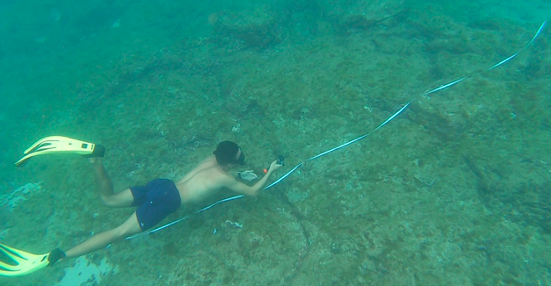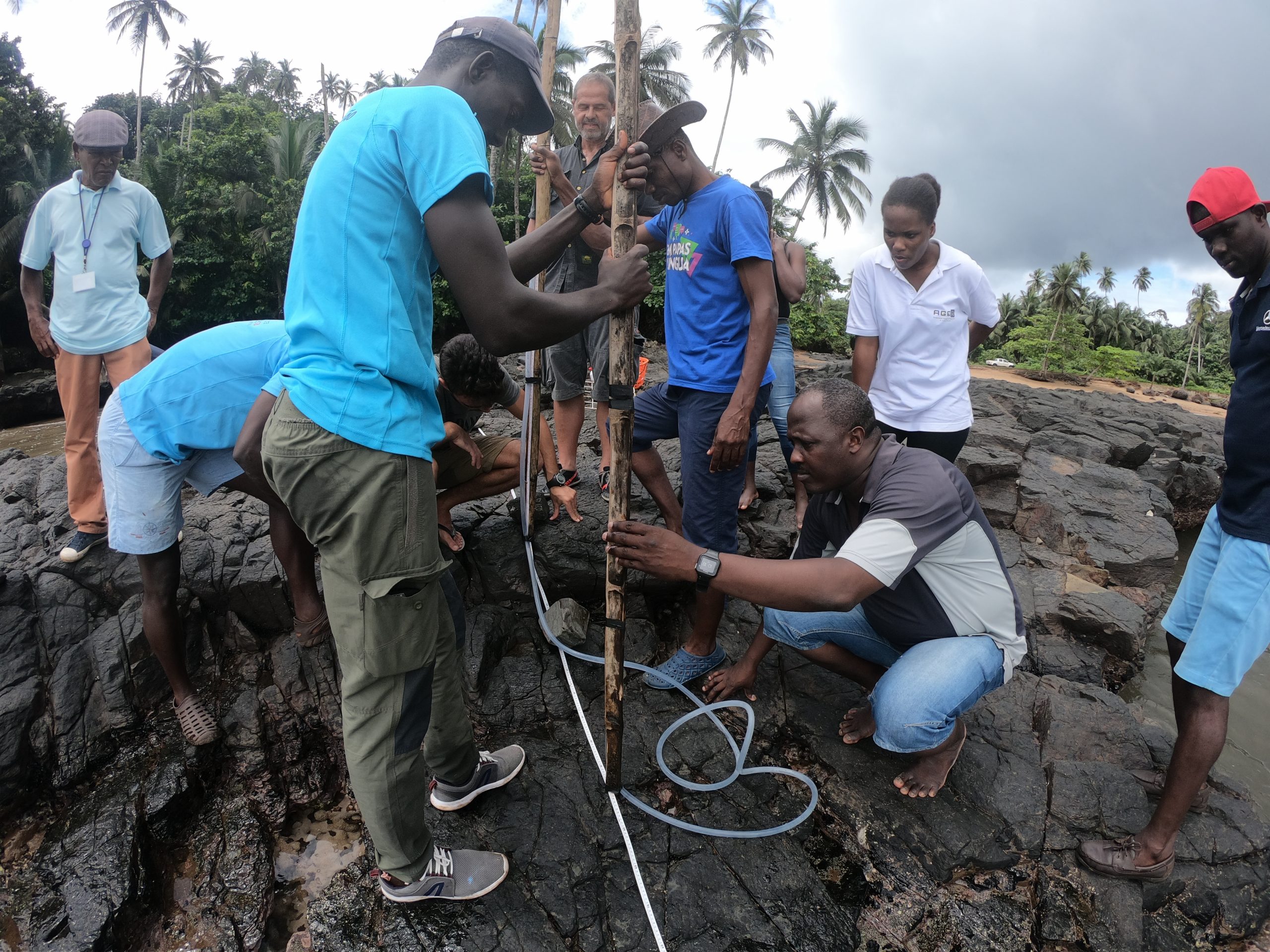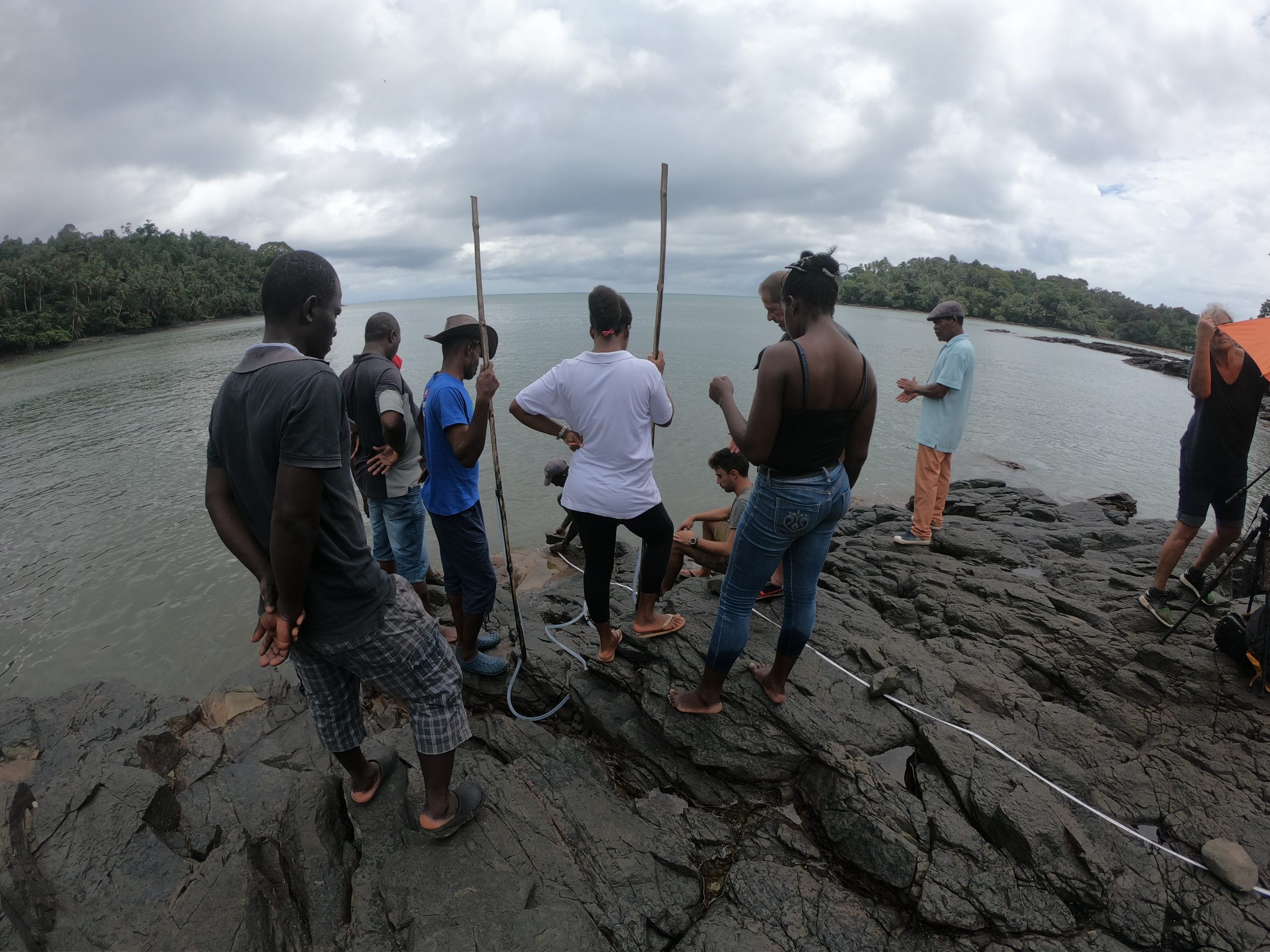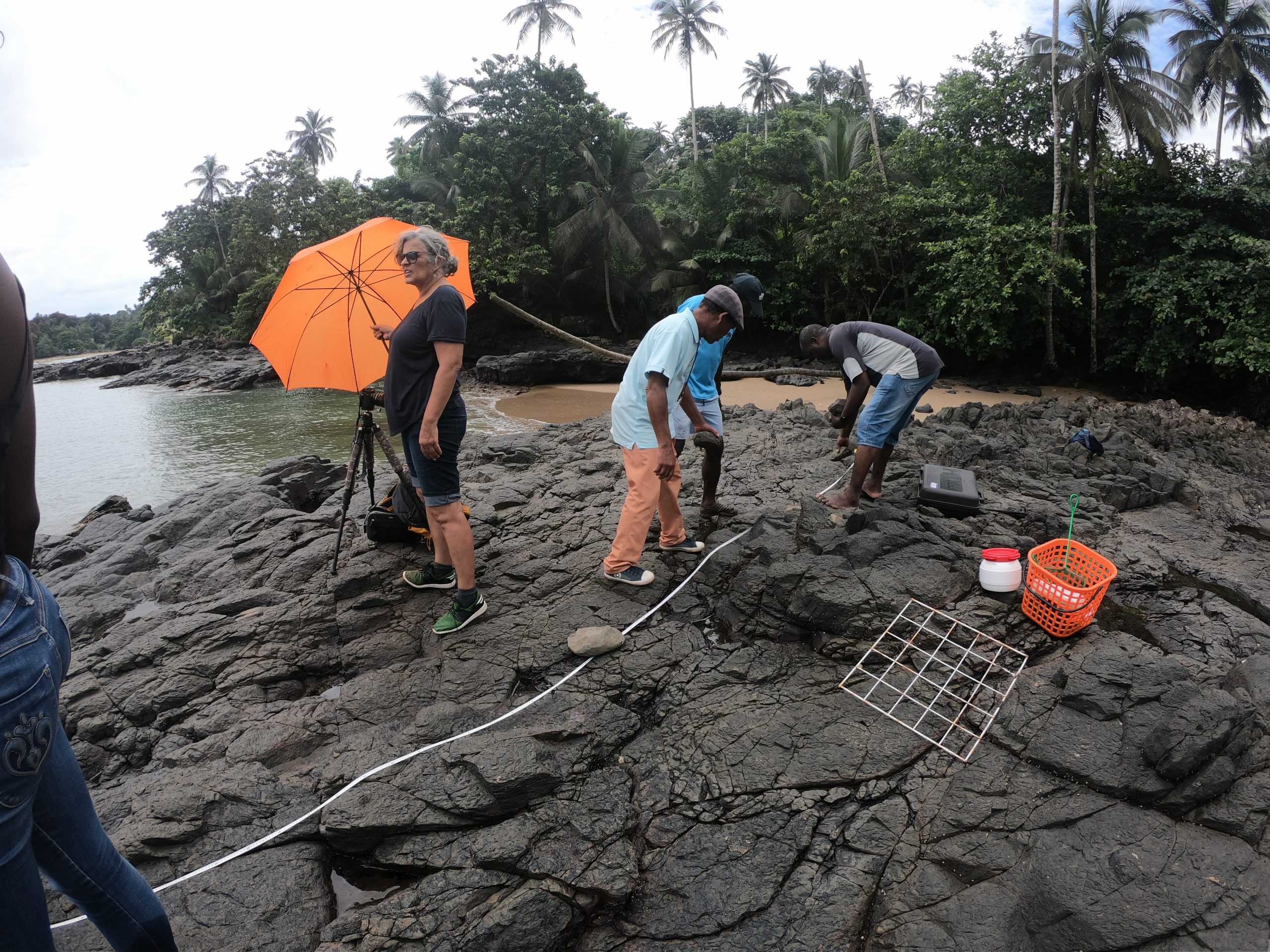Quantifying biodiversity and ecosystem degradation
- Rocky Coast
The task 1 of the project COBIONET is dedicated to generating basic biodiversity knowledge pertaining to the coastal ecosystems of the locations under study, namely Maputo peri-urban area and the wider Maputo Bay in Mozambique, and peri-urban areas of the Santo António city at the Island of Príncipe in São Tomé & Príncipe. The general framework of the project intends to develop studies in the context of biodiversity and food security, and Task 1 concerns aspects of marine biodiversity, habitat condition and rehabilitation, as well as ecosystem services. All under the strategic aim of generating knowledge that may contribute to sustainable development and poverty alleviation.
Santo António, Príncipe in São Tomé & Príncipe
- Assessment of fish abundance and evaluation of the role in providing protection for early life-cycle stages
The methodologies are based on direct observation sampling and artisanal fishery data. The direct observations include diving transects with video recording and posterior image processing. Fixed underwater cameras are also being used. Fish are quantified, being assessed their diversity and abundance. The study uses two seasons (wet and dry), several rocky shore locations and replicate transects.
- Description of rocky shore communities
The methodologies used include standard methods such as transect approach, tidal profiling and quantification of organisms using the standard quadrat methods. This study intends to generate basic knowledge on the rocky shores which are undescribed in São Tomé & Príncipe, and also provide i) organisms for the natural history collections under Task 2, and ii) information and materials for the dissemination activities under Task 3.






